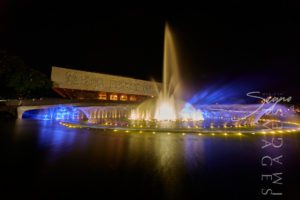
CCP | Cultural Center of the Philippines
The Cultural Center of the Philippines or CCP was founded in 1966 under the directive of former President Ferdinand Marcos, in order to reinforce and
Jones Bridge, a symbol of resilience and revival, stood proudly amidst Manila’s landscape, captivating tourists and locals alike with its enchanting presence.
Jones Bridge, a symbol of resilience and revival, stood proudly amidst Manila’s landscape, captivating tourists and locals alike with its enchanting presence.
Jones Bridge, a symbol of resilience and revival, stood proudly amidst Manila’s landscape, captivating tourists and locals alike with its enchanting presence.

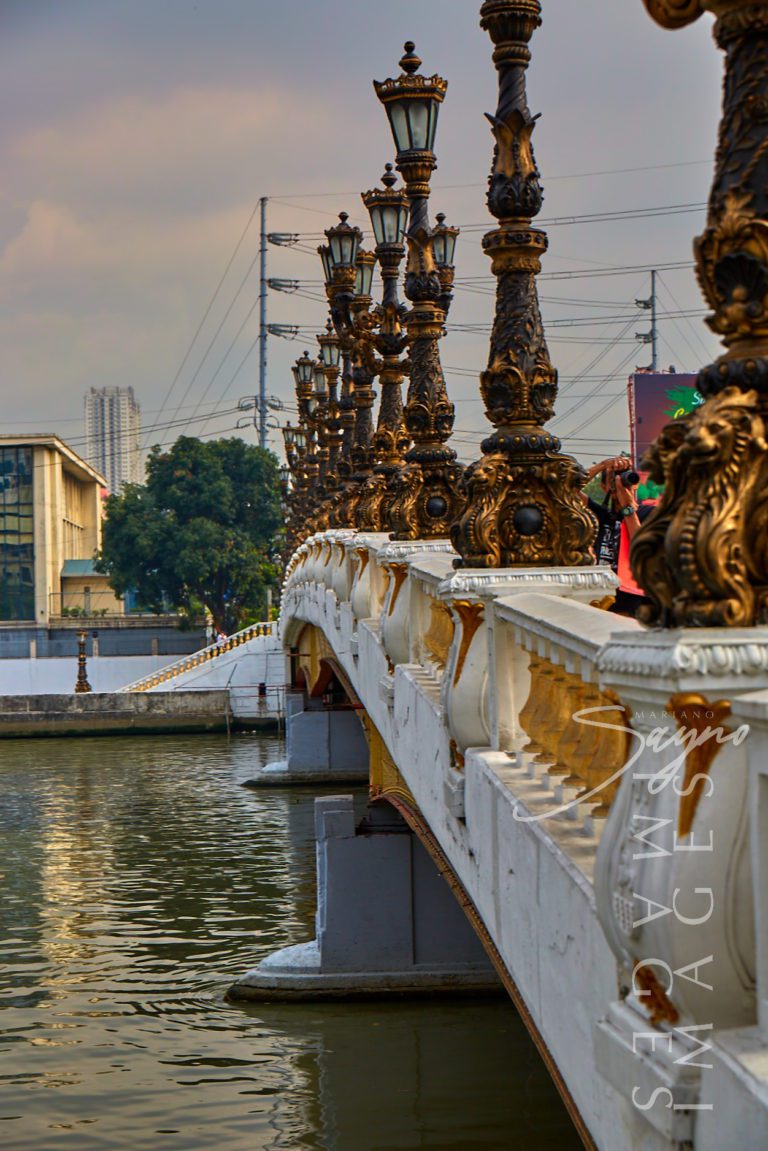

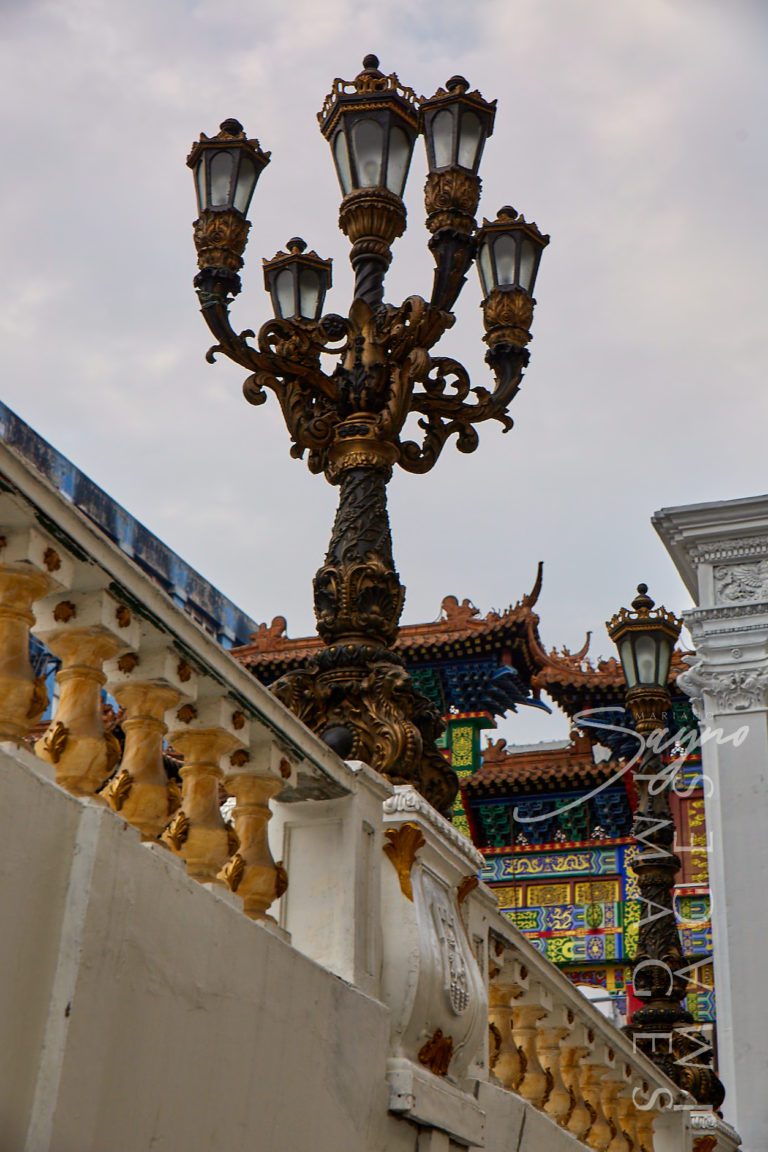
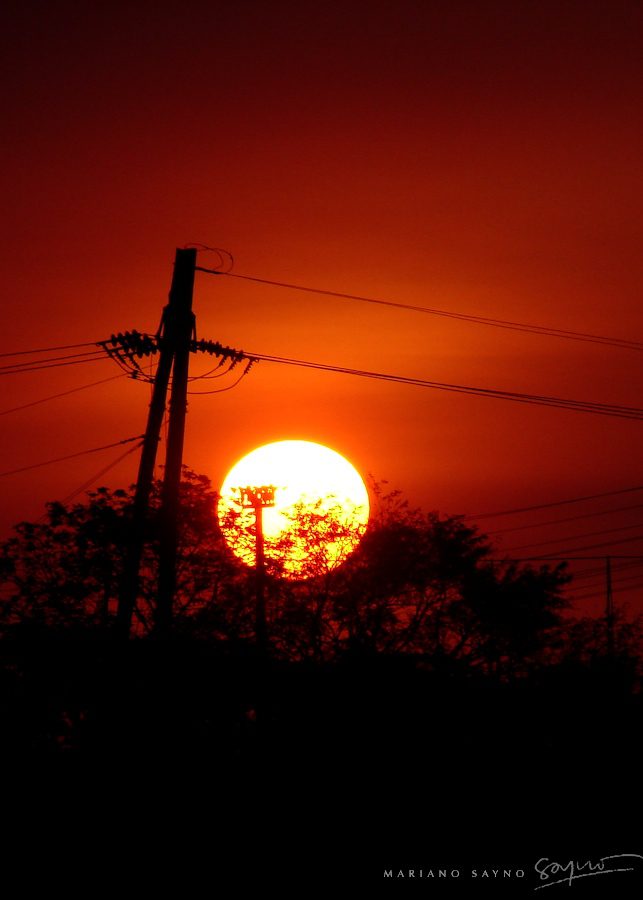

The black lamps that line the street contrast with, and illuminate, the colorful Filipino-Chinese Friendship Arch—the gateway to Chinatown.
The black lamps that line the street contrast with, and illuminate, the colorful Filipino-Chinese Friendship Arch—the gateway to Chinatown.
Originally named Puente España in 1876, this vital link between Intramuros and Binondo faced the brutal toll of war. The bridge fell victim to Japanese bombings during the Battle of Manila in 1945, leaving its statues honoring motherhood and nationhood shattered and the structure in ruins.

Nevertheless, hope persisted. Inspired by Paris’s Seine River and Venice’s canals, the visionary Daniel Burnham envisioned the bridge’s design. Filipino architect Juan Arellano brought Burnham’s vision to life, crafting an exquisite neo-classical structure adorned with three arches and two piers reminiscent of Paris’s Pont Alexandre III.
Decades of neglect followed until 1998, when architect Conrad Onglao initiated the restoration efforts. However, it was the unwavering commitment of Manila’s Mayor Isko Moreno that culminated in Jones Bridge‘s triumphant revival in 2019. Lamp posts reminiscent of its original grace were carefully installed by architect Jerry Acuzar, while the four statues, resurrected from Rizal Park and the Court of Appeals Compound, once again adorned the bridge ends.
Since its revival, Jones Bridge has emerged as a cherished gem in Manila’s heritage. The bridge’s beauty under the golden hues of sunset invites leisurely strolls through nearby Chinatown and Intramuros, offering visitors a chance to delve into the rich tapestry of history and culture.
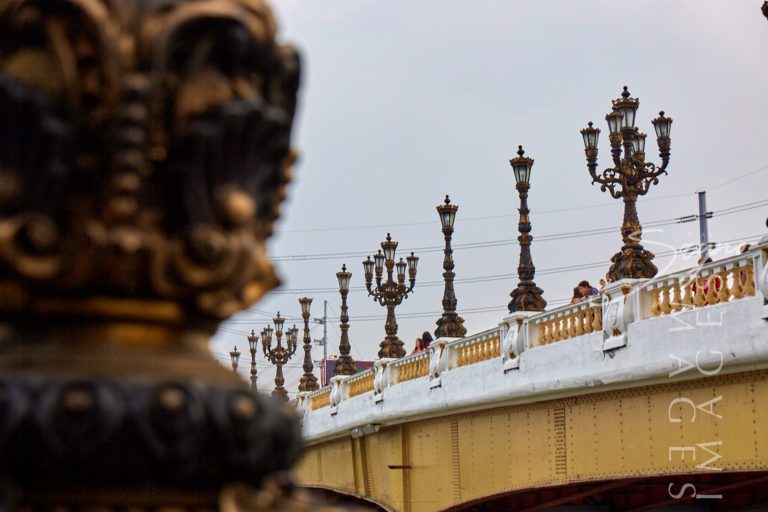
Jones Bridge stands tall, a testament to Manila’s endurance and history. Its enduring charm continues to captivate travelers and photographers alike, inviting them to witness the remarkable revival of this iconic landmark. As it stands strong, weaving its tale through time, Jones Bridge remains a timeless symbol of Manila’s past, beckoning all to admire its enduring beauty.

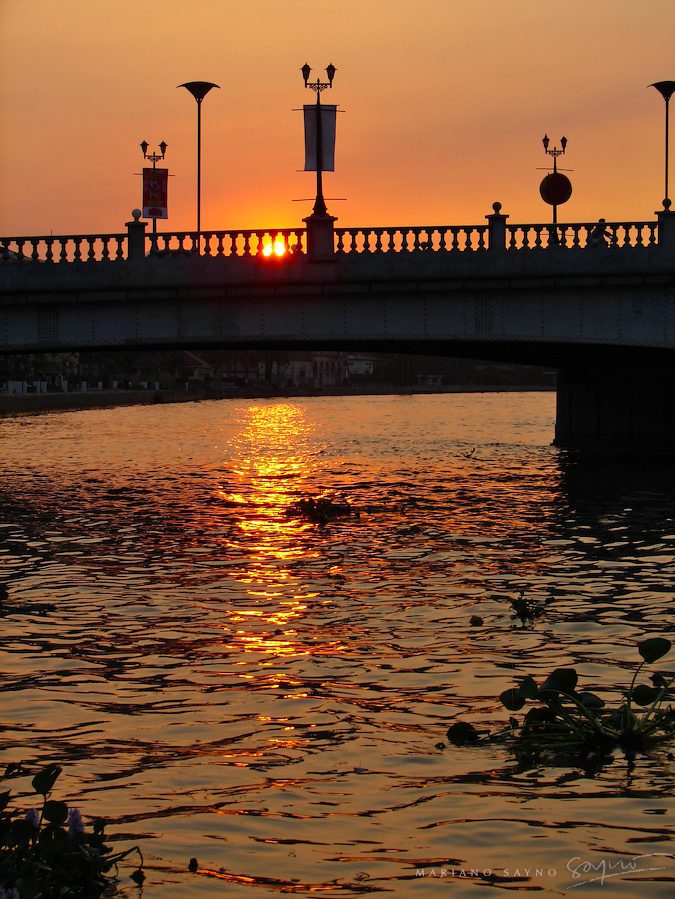
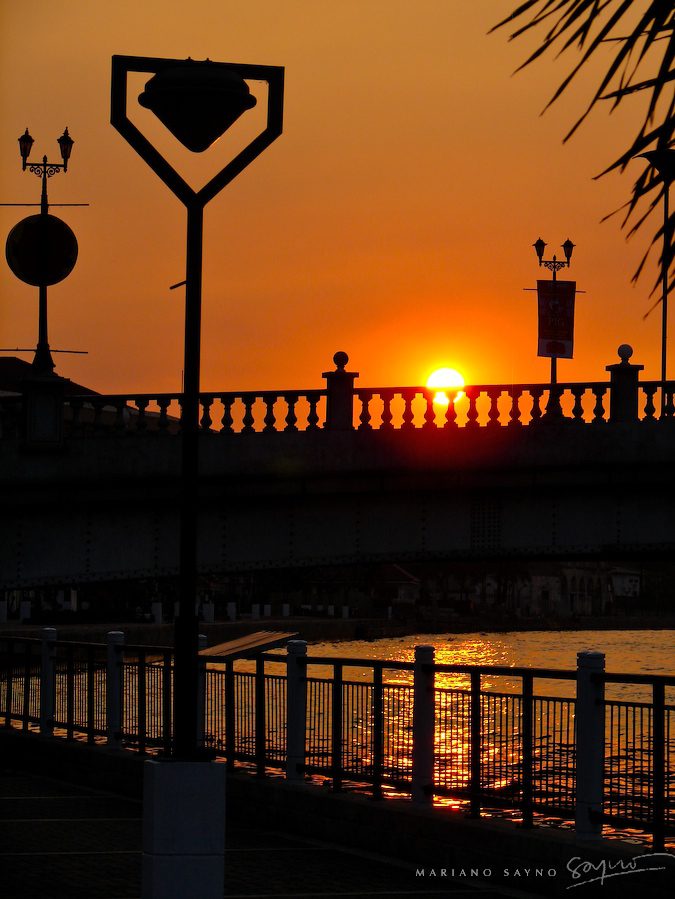
OLD PHOTO | The bridge as it looked before its renovation and transformation into what it is today. The spot has always been a favorite of tourists and photographers for sunset shoots.
OLD PHOTO | The bridge as it looked before its renovation and transformation into what it is today. The spot has always been a favorite of tourists and photographers for sunset shoots.
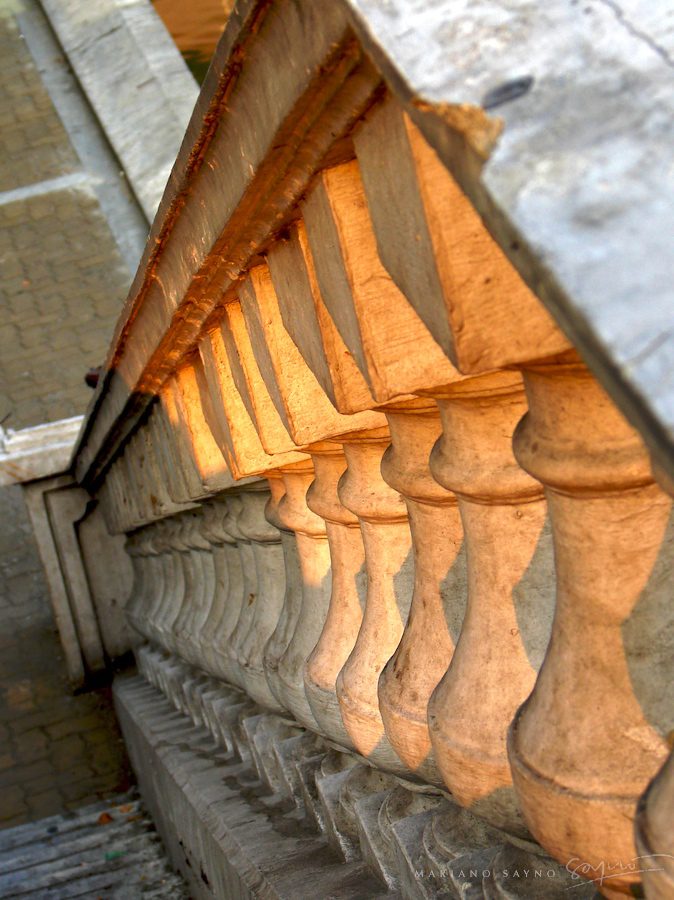


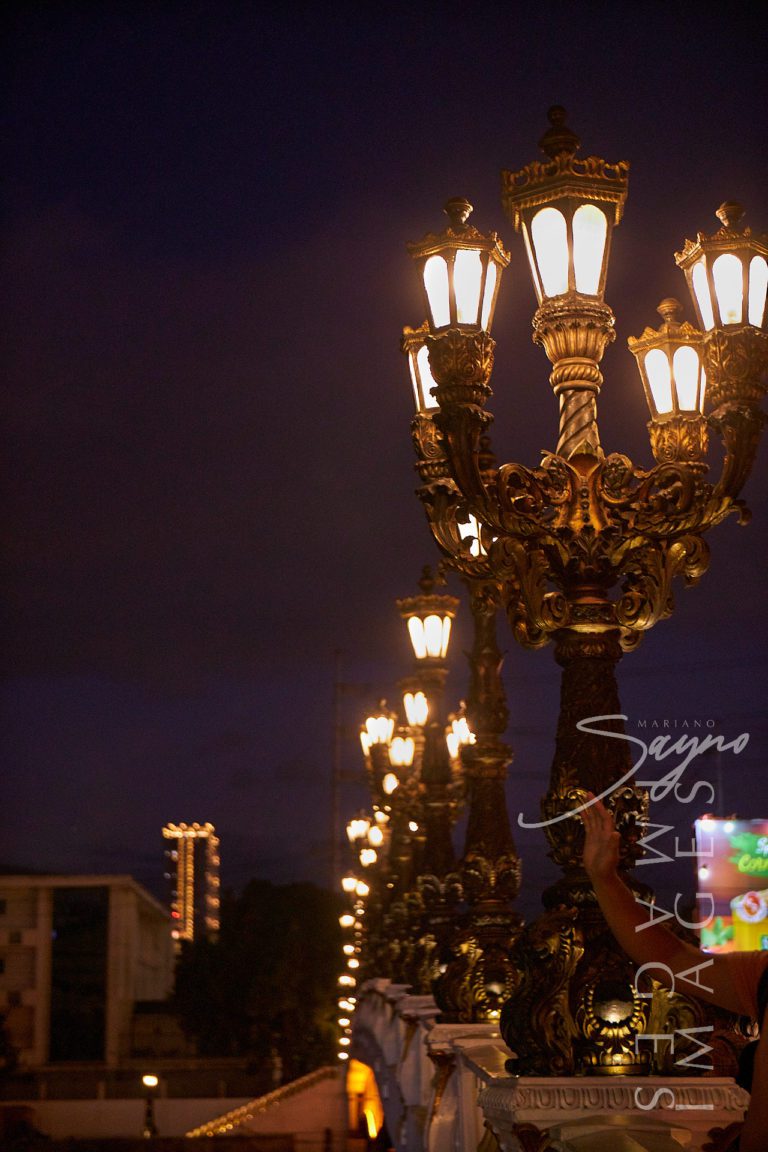
RELATED STORIES

The Cultural Center of the Philippines or CCP was founded in 1966 under the directive of former President Ferdinand Marcos, in order to reinforce and
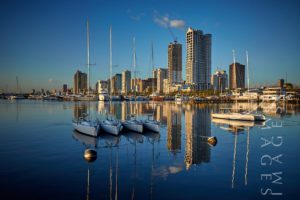
It is considered to be one of the world’s great harbors, the Manila Bay, and it serves as the Port of Manila, Philippines. Having once
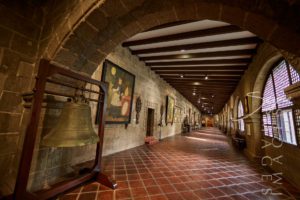
The San Agustin Museum is located adjacent to the UNESCO World Heritage Site, San Agustin Church. It is located in Intramuros—the walled city of Manila—and
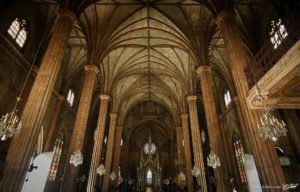
San Sebastian Church is a Roman Catholic Minor Basilica located in Quiapo, Manila. It’s also known as Minor Basilica of San Sebastian or San Sebastian
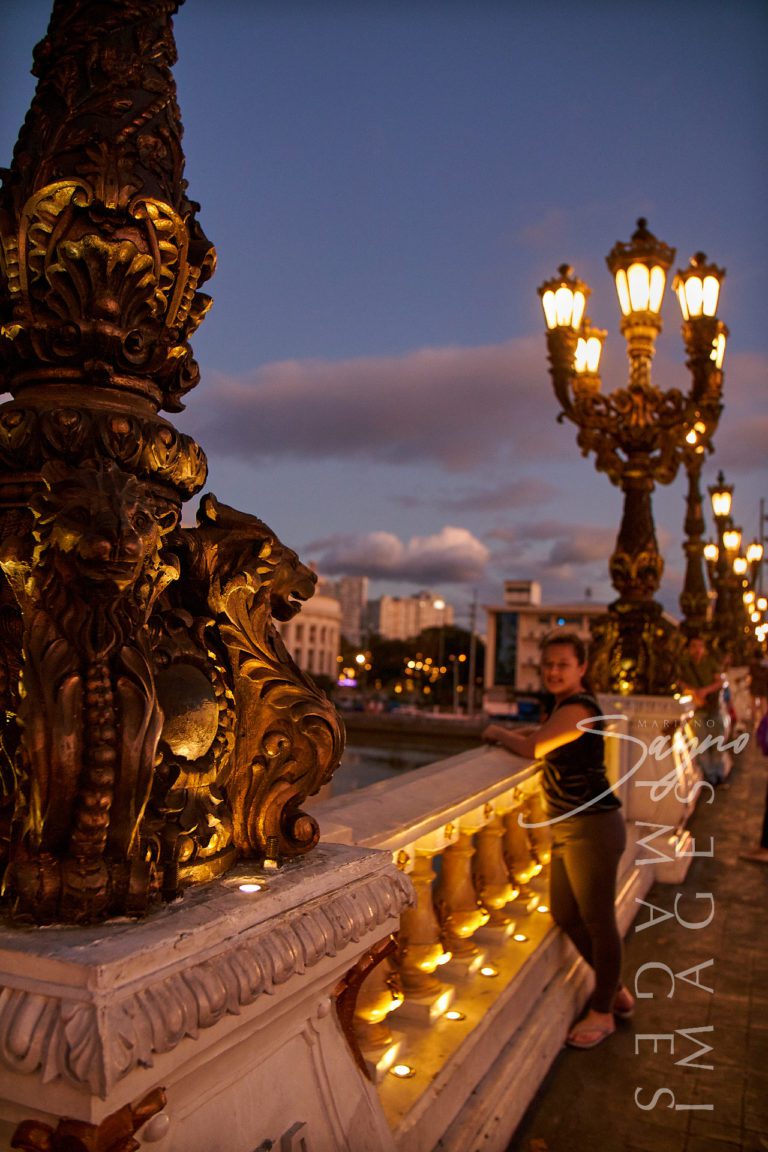

ABOVE: The new lamp posts, designed by architect Jerry Acuzar, are similar enough to the originals that they inspire visions of what Manila must have looked like in those early years before war destroyed so much of the city.
ABOVE: The new lamp posts, designed by architect Jerry Acuzar, are similar enough to the originals that they inspire visions of what Manila must have looked like in those early years before war destroyed so much of the city.
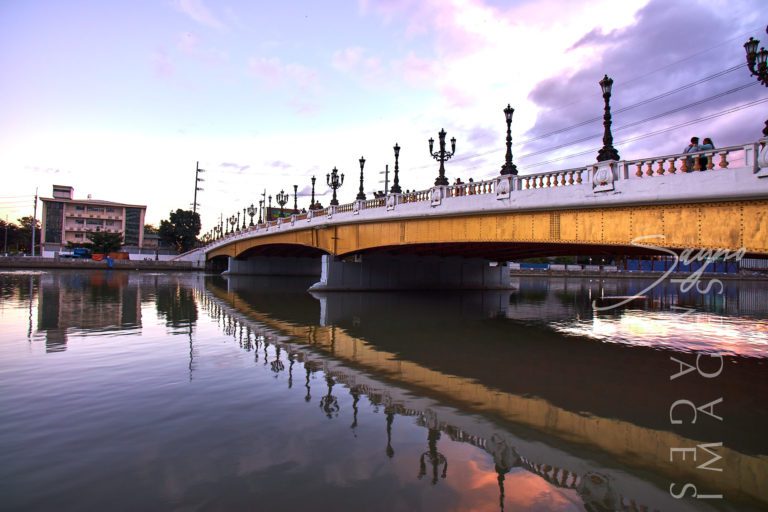
I’m looking forward to the stories and images leaving a lasting positive impression on you, just as they have on me. Stay connected with us on social media for a weekly exploration of travel assignments and breathtaking visuals. Our focus is on championing local tourism, showcasing small businesses, and honoring the magnificence of the Philippines through the content we curate. Join us in spreading the word by clicking the ‘share’ buttons below. Your support means the world to us.
EXPLORE MORE about

San Sebastian Church is a Roman Catholic Minor Basilica located in Quiapo, Manila. It’s also known as Minor Basilica of San Sebastian or San Sebastian
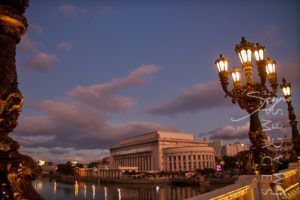
Known as the main post office of Manila and the head office of the Philippine Postal Corporation, the Manila Central Post Office is the main
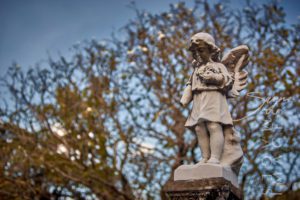
As one of the oldest cemeteries in Manila, Campo Santo De La Loma, commonly referred to as the La Loma Cemetery, is one of the
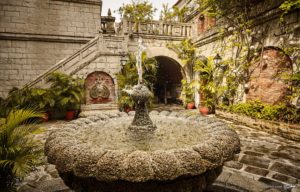
Casa Manila is a living museum that features the lifestyle of a wealthy Filipino family living during the last years of the Spanish colonial period,

The San Agustin Museum is located adjacent to the UNESCO World Heritage Site, San Agustin Church. It is located in Intramuros—the walled city of Manila—and
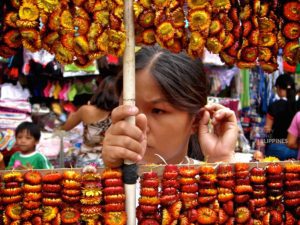
Plaza Miranda is a public square bounded by Quezon Boulevard, Hidalgo Street and Evangelista Street in Quiapo, Manila. It is the plaza which fronts the

UST, also known as the University of Santo Tomas, is a private Roman Catholic university located in Sampaloc, Manila. It was founded on 28 April
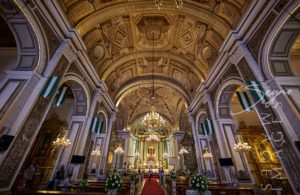
Known as one of the most important baroque churches in the Philippines and as one of the only four baroque churches in the Philippines that

The Cultural Center of the Philippines or CCP was founded in 1966 under the directive of former President Ferdinand Marcos, in order to reinforce and
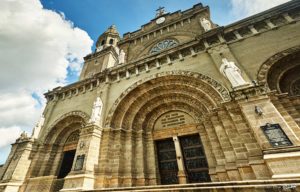
Originally built in 1880, the Manila Cathedral is the current version of the longstanding Church of Manila. It is a masterpiece of architecture that was
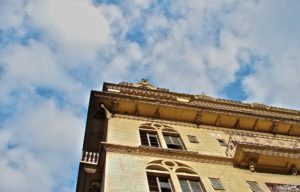
It is always a surprise for buildings, parks and houses to survive such wars as it is almost inevitable that everything will be brought down

The Padre Pio Chapel, also known as the St. Pio of Pietrelcina Chapel, holds a special place in my heart as a photographer. It revealed
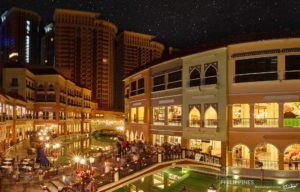
Located in the heart of the Taguig City, the Venice Grand Canal is a lifestyle mall development under the Megaworld Lifestyle Malls Located inside the

As the nation’s first ever world-class marine theme park, Manila Ocean Park is located in Ermita Manila, within the Philippines’ largest urban resort/aqua-themed hotel complex
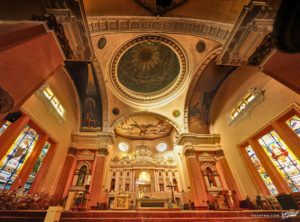
The Binondo Church is a historic church in Manila, located in the District of Binondo, near the Plaza San Lorenzo Ruiz. It was previously called
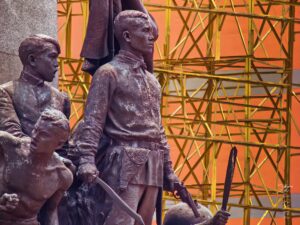
The Bonifacio Monument, also called Bonifacio Monumento or Monumento, proudly stands in Caloocan City, Metro Manila. It is a powerful symbol created by the National
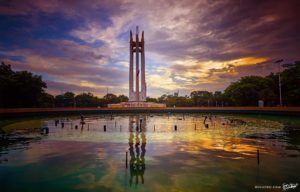
One of Quezon City’s main parks is the Quezon Memorial Circle, which is located in Quezon City and is surrounded by an elliptical road, making

In addition to being considered the oldest Chinatown in the world, Binondo Chinatown is also the center of trade and commerce in Manila City. In
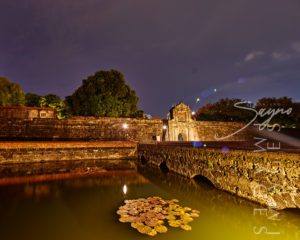
It is also known as the Walled City, and during the Spanish Colonial Period it was synonymous with the city of Manila. Intramuros was also

It is the home of the popular Asian elephant, Mali, as well as 90 other species. As well as being a landmark in Manila, the

I experienced the vibrant and colorful life of downtown in full. I took some time to appreciate the beauty of Santa Cruz Church and Plaza

It is considered to be one of the world’s great harbors, the Manila Bay, and it serves as the Port of Manila, Philippines. Having once
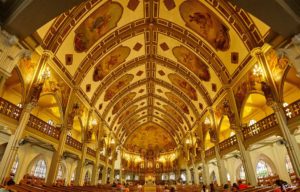
The Manila Abbey San Beda, or formally known as Abbey of Our Lady of Montserrat, is a Benedictine men’s monastery located along the streets of
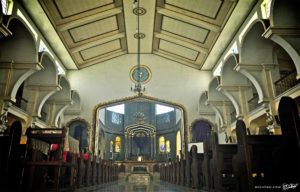
The Polo Church, formally known as the San Diego de Alcala Church, resides in the Polo neighborhood of Valenzuela, Manila. This church has a captivating
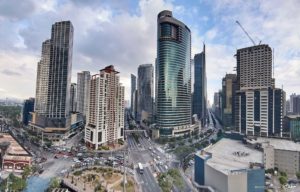
The city of Makati is a highly urbanized place in the country, making it the nation’s financial center. As a result, it has the highest
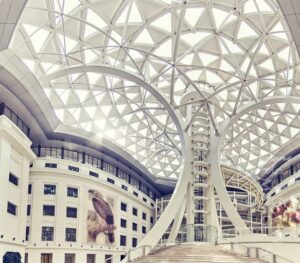
Explore the vibrant tapestry of Manila through its four national museums, each a unique gem in the city’s cultural crown. These four distinguished establishments are
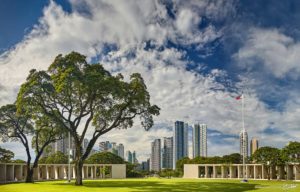
Manila American Cemetery and Memorial is located in the heart of Taguig City on the lands of Fort Bonifacio and serves as the largest grave
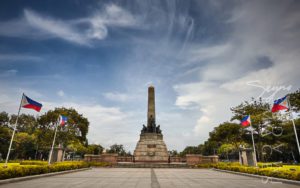
Located along Roxas Boulevard, Manila and adjacent to the century-old walled city of Intramuros, the Luneta National Park, or “Luneta” as many refer to it,
BROWSE BY CATEGORIES